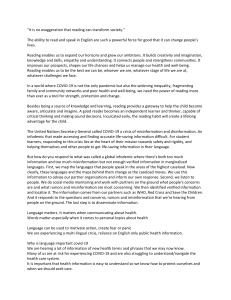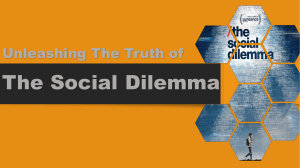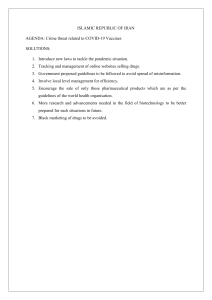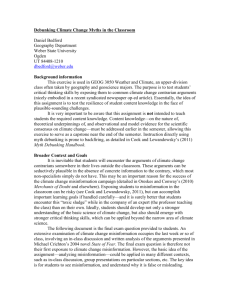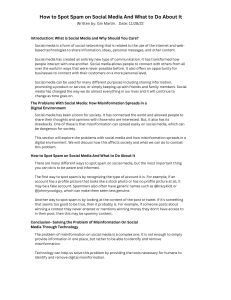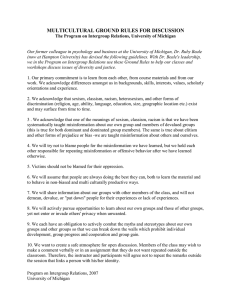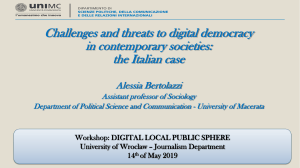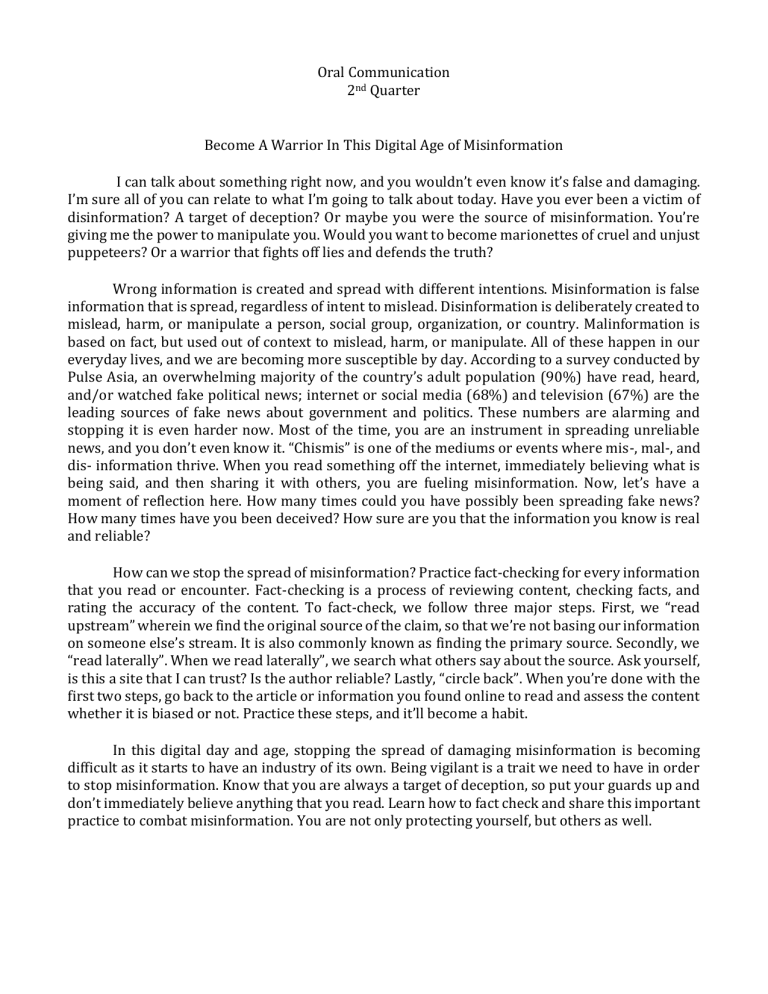
Oral Communication 2nd Quarter Become A Warrior In This Digital Age of Misinformation I can talk about something right now, and you wouldn’t even know it’s false and damaging. I’m sure all of you can relate to what I’m going to talk about today. Have you ever been a victim of disinformation? A target of deception? Or maybe you were the source of misinformation. You’re giving me the power to manipulate you. Would you want to become marionettes of cruel and unjust puppeteers? Or a warrior that fights off lies and defends the truth? Wrong information is created and spread with different intentions. Misinformation is false information that is spread, regardless of intent to mislead. Disinformation is deliberately created to mislead, harm, or manipulate a person, social group, organization, or country. Malinformation is based on fact, but used out of context to mislead, harm, or manipulate. All of these happen in our everyday lives, and we are becoming more susceptible by day. According to a survey conducted by Pulse Asia, an overwhelming majority of the country’s adult population (90%) have read, heard, and/or watched fake political news; internet or social media (68%) and television (67%) are the leading sources of fake news about government and politics. These numbers are alarming and stopping it is even harder now. Most of the time, you are an instrument in spreading unreliable news, and you don’t even know it. “Chismis” is one of the mediums or events where mis-, mal-, and dis- information thrive. When you read something off the internet, immediately believing what is being said, and then sharing it with others, you are fueling misinformation. Now, let’s have a moment of reflection here. How many times could you have possibly been spreading fake news? How many times have you been deceived? How sure are you that the information you know is real and reliable? How can we stop the spread of misinformation? Practice fact-checking for every information that you read or encounter. Fact-checking is a process of reviewing content, checking facts, and rating the accuracy of the content. To fact-check, we follow three major steps. First, we “read upstream” wherein we find the original source of the claim, so that we’re not basing our information on someone else’s stream. It is also commonly known as finding the primary source. Secondly, we “read laterally”. When we read laterally”, we search what others say about the source. Ask yourself, is this a site that I can trust? Is the author reliable? Lastly, “circle back”. When you’re done with the first two steps, go back to the article or information you found online to read and assess the content whether it is biased or not. Practice these steps, and it’ll become a habit. In this digital day and age, stopping the spread of damaging misinformation is becoming difficult as it starts to have an industry of its own. Being vigilant is a trait we need to have in order to stop misinformation. Know that you are always a target of deception, so put your guards up and don’t immediately believe anything that you read. Learn how to fact check and share this important practice to combat misinformation. You are not only protecting yourself, but others as well.
